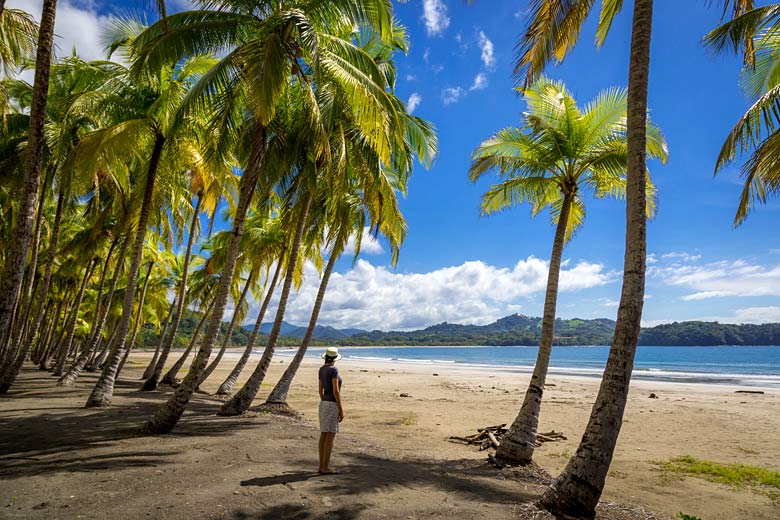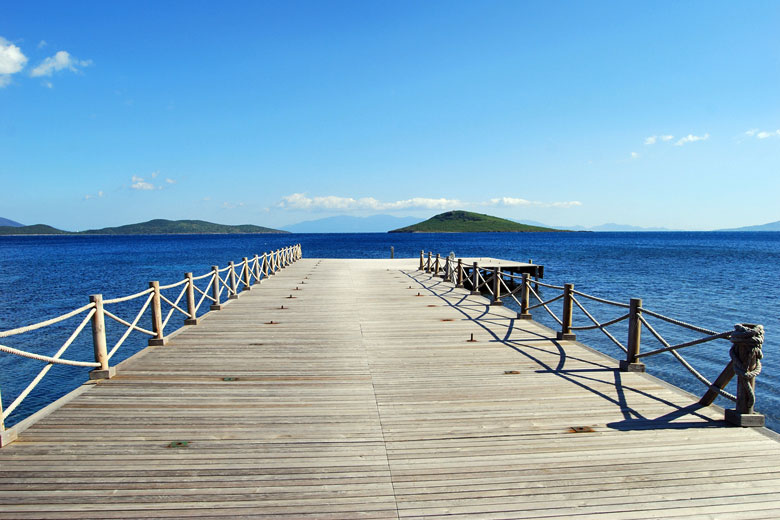- Check out top deals on tours to Pakistan
- Explore places to visit & most popular itineraries
- Filter deals by experience, duration, level & price
Best time to visit Pakistan
Find the best time to visit Pakistan and plan your perfect trip in 2025/2026. Get holiday inspiration, weather guides, travel advice and find great deals.
- Best time to visit
- Weather by month
- 5-day weather forecast
- Destinations
- Travel advice
- Deals & discounts
Pakistan by month
Jan Feb Mar Apr May Jun Jul Aug Sep Oct Nov Dec
Recommended for Pakistan
Top Pakistan destinations
Below are the temperatures expected today at popular countries, regions and places in Pakistan. Select a destination to compare today's forecast with average weather conditions.
All Pakistan destinations
- Chitral
- Faisalabad
- Gilgit
- Islamabad
- Karachi
- Lahore
- Mohenjodaro
- Multan
- Peshawar
- Quetta
- Rawalakot
- Skardu
When is the best time to visit Pakistan?
Max Day Temperature (°C)
- Jan
 16
16 - Feb
 17
17 - Mar
 21
21 - Apr
 27
27 - May
 32
32 - Jun
 36
36 - Jul
 33
33 - Aug
 31
31 - Sep
 31
31 - Oct
 29
29 - Nov
 23
23 - Dec
 18
18
Which is the hottest month in Pakistan?
The hottest time of year in Islamabad, Pakistan is normally June. Expect maximum daytime temperatures to reach 36°C with very high heat and humidity.
Which month has the most rain in Pakistan?
In terms of rainfall, August is usually the wettest month in Islamabad, Pakistan with 289mm on average. There are normally 16 days in August with some rain.
When is it sunniest in Pakistan?
The sunniest time of year in Islamabad, Pakistan is normally November with bright sunshine on average for 78% of daylight hours; that's 8 hours of sunshine per day.
Best time to visit
The weather guide for Pakistan (Islamabad) shows long term weather averages processed from data supplied by CRU (University of East Anglia) & today's weather forecast provided by meteoblue. Find out more about our data sources.
Metric (°C / mm) | Imperial (°F / inches)
Pakistan weather overview
Pakistan has mountains on its northern and western borders, a vast area of low-lying plain and a climate which varies from region to region. The monsoon rains bring cloudy, muggy weather from late June to October and are followed by a period of bright, sunny days and cold to freezing nights until late February. Then temperatures soar and conditions grow unpleasantly hot and dusty until the next arrival of the rains.
From March to June, fierce thunderstorms can occur, often exacerbated by accompanying dust storms. The rains are much less intense in the desert region, which lies to the south, while the Arabian Sea coast experiences little summer rainfall but endures high humidity.
What to pack for Pakistan weather
Light clothing with head covers for the desert region is essential. Take warmer clothing for protection against the cold winter nights and much heavier attire if you are travelling into the mountains.
Pakistan travel features
Do you want to learn more about Pakistan? Read our latest features covering travel tips and insider destination guides on where to go and what to do in Pakistan.
We don't currently have any travel features on Pakistan. Discover more about holiday destinations around the world with this selection of general travel articles.
Be inspired
Get your weekly fix of holiday inspiration from some of the world's best travel writers plus save on your next trip with the latest exclusive offers
We promise not to share your details
Related posts
Popular travel offers
Explore holidays in the sun for less
- Beach holidays
- Family holidays
- City breaks
- Summer holidays
- Winter sun holidays
- Holiday offers
- Top travel brands
- Airlines & flights
- Discount hotels
- Airport parking deals
- TUI
- Jet2holidays
- easyJet holidays
- Love Holidays
- January sales
Airport parking
- Manchester Airport
- Stansted Airport
- Bristol Airport
- Luton Airport
- Birmingham Airport
- Edinburgh Airport
- Gatwick Airport
- Glasgow Airport
- Newcastle Airport
Airport lounges
- Manchester Airport
- Birmingham Airport
- Bristol Airport
- Edinburgh Airport
- Glasgow Airport
- Heathrow Airport
- Newcastle Airport
- Stansted Airport
- Gatwick Airport


































